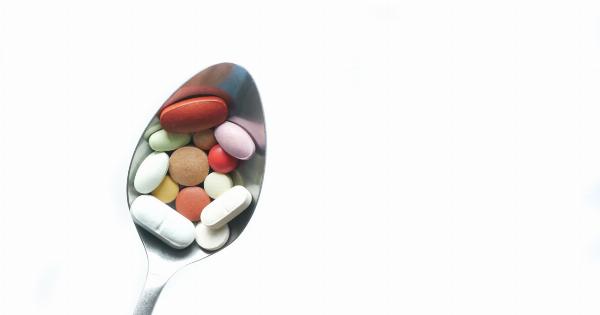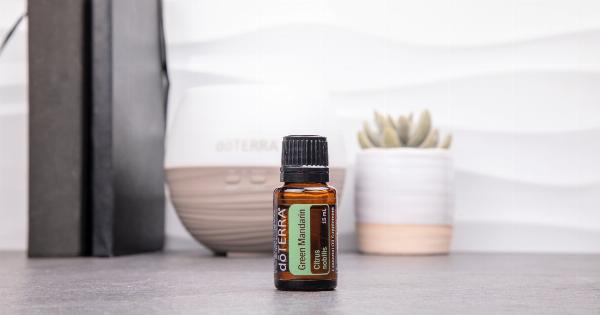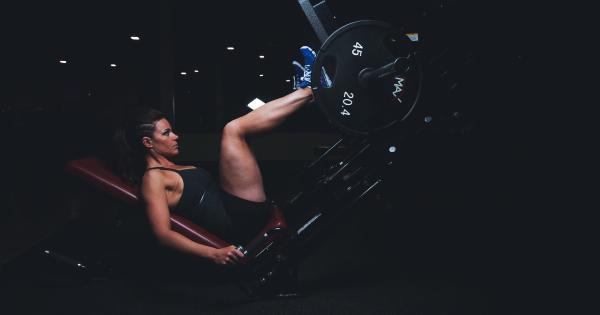Hyperhidrosis is a condition characterized by excessive sweating that can occur in various parts of the body, including the armpits, palms, soles of the feet, and groin.
This condition can be an embarrassing and uncomfortable problem that can affect a person’s quality of life. However, there are several personal hygiene strategies that individuals with hyperhidrosis can use to manage or reduce their symptoms.
1. Use Antiperspirant
Antiperspirants are a common method used to manage hyperhidrosis. They contain aluminum compounds that block sweat ducts, thereby reducing sweating.
For individuals with hyperhidrosis, it is essential to look for antiperspirants that are specifically designed for excessive sweating. One should opt for antiperspirants with higher concentrations of aluminum chloride and aluminum zirconium, as these compounds are more effective in reducing sweating.
2. Wear Light Clothing
The clothing one wears can have a significant impact on sweat production. It is best to wear light, breathable fabrics, such as cotton or linen, to help reduce sweat accumulation.
These fabrics allow air to circulate and prevent moisture buildup, which can reduce sweating and keep one feeling cooler and more comfortable.
3. Shower Regularly
Regularly showering is an excellent way to keep the skin clean and prevent the buildup of bacteria and sweat that can exacerbate hyperhidrosis.
It is crucial to use a mild soap and warm water and avoid using hot water that can dry the skin and trigger sweating. One should also ensure that they dry their skin thoroughly after showering since bacteria thrive in moist environments, which can worsen hyperhidrosis symptoms.
4. Use Powder
Applying powder to the skin can help to absorb excess moisture, thereby reducing sweating. There are different types of powders available, including talcum, cornstarch, and baking soda.
One should choose a powder that best suits their skin type and needs and apply it to the affected areas regularly.
5. Use Sweat Guards
Sweat guards are small adhesive pads that can be attached to clothing to help absorb sweat and prevent it from staining clothes.
These guards can be particularly helpful for individuals with hyperhidrosis as they offer an effective and discreet way of managing excessive sweating.
6. Reduce Stress
Stress can trigger hyperhidrosis symptoms in many individuals. Therefore, it is essential to proactively reduce stress levels through activities such as meditation, yoga, and deep breathing exercises.
These activities can help relax the body and mind and reduce the likelihood of sweating.
7. Stay Hydrated
Drinking plenty of water is essential for overall health and can also help to reduce sweating. Water helps regulate body temperature and keeps the body hydrated, which can reduce sweating and keep one feeling cool and comfortable.
8. Limit Alcohol and Caffeine
Alcohol and caffeine are known to trigger sweating in many individuals. Therefore, it is essential to limit the consumption of these substances to help manage hyperhidrosis symptoms.
Instead, one should opt for water, herbal tea, or other non-alcoholic and non-caffeinated beverages.
9. Consider Prescription Medications
For people with severe hyperhidrosis symptoms, prescription medications may be necessary. These medications work by blocking the signals that stimulate sweat glands and reducing sweating.
It is essential to talk to a doctor to determine the best medications for one’s needs, as these medications can have side effects and may not be suitable for everyone.
10. Consult a Professional
For individuals struggling with hyperhidrosis, consulting a medical professional is always an excellent option.
A doctor can provide advice on additional strategies to manage excessive sweating, as well as provide prescription medications and other medical interventions that can be helpful. They can also provide support and understanding to help manage the emotional impact of hyperhidrosis.






























